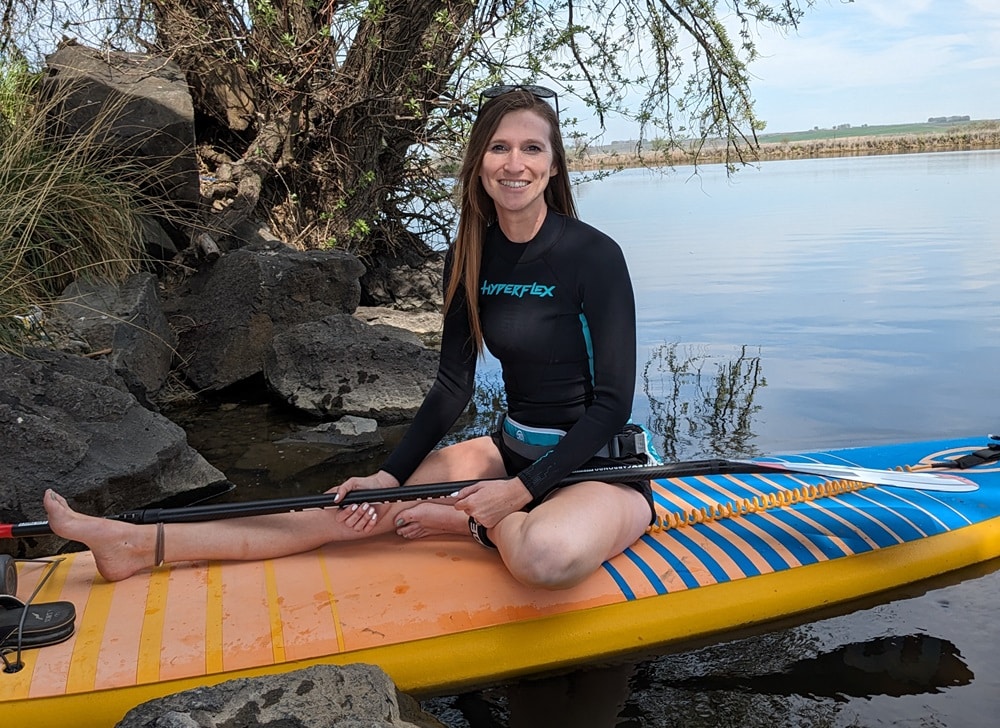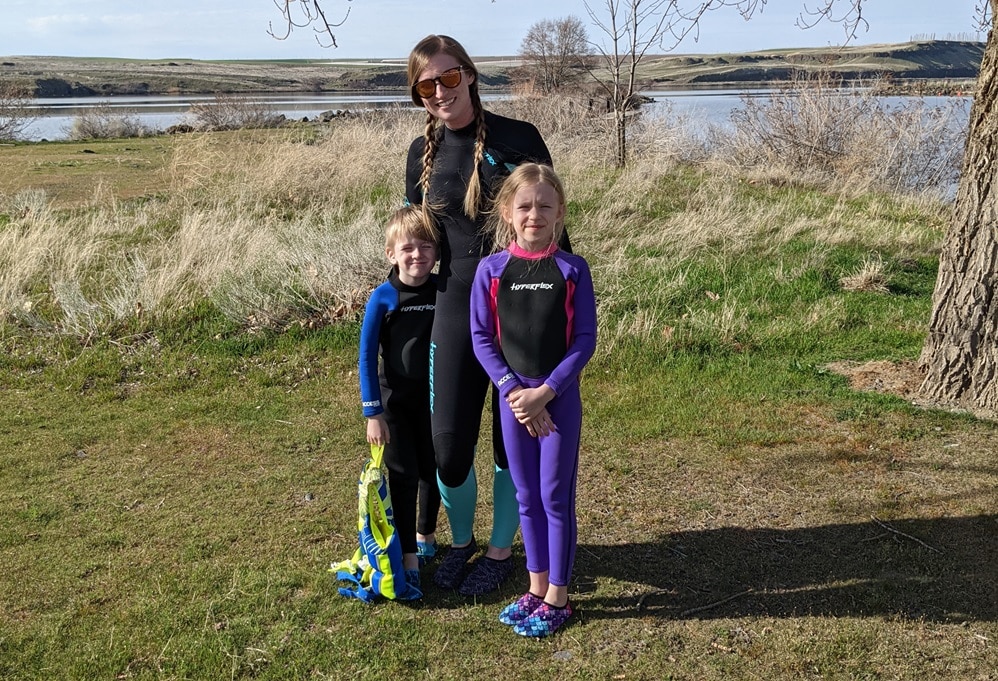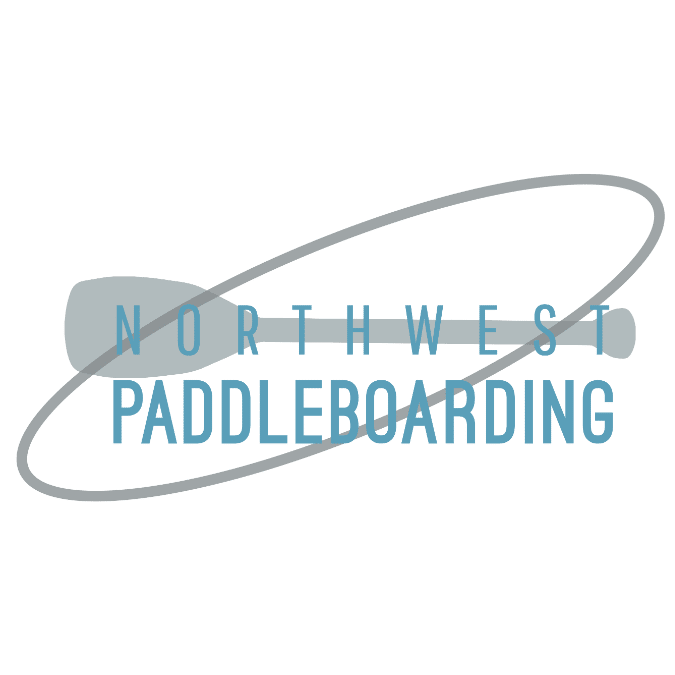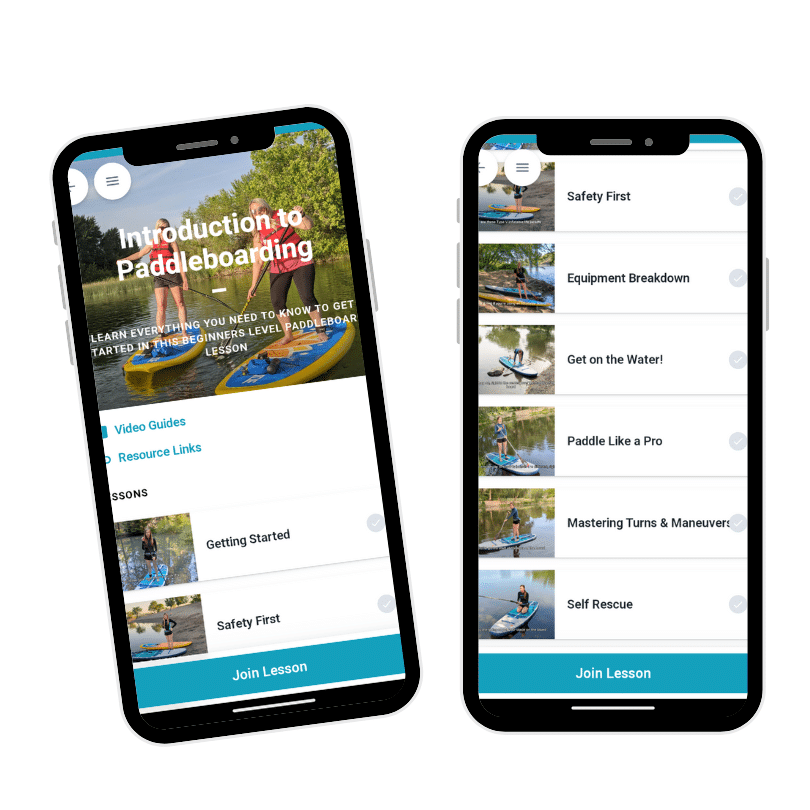
Cold Water Paddleboarding
The water is still cold but it’s calling your name. Before you grab your board and head out, let’s talk about staying comfortable – especially when it comes to paddleboarding in cold water.
As seasoned paddlers know, cold water exposure can be very dangerous. That’s where the 120 rule comes in. It’s a simple guideline to help you decide if you need a wetsuit or other gear to keep you safe and warm.
Here’s how to calculate the 120 rule:
- Add the water temperature to the air temperature.
- If the sum is above 120, you’re probably good to go without a wetsuit.
- If it’s 120 or below, it’s best to bundle up with a wetsuit or hydroskin to avoid the dreaded cold water shock.
Remember: Keep in mind, that this is a general guideline. Every body is different and your reaction to cold water can vary, though most people are NOT accustomed to cold water. There are also other factors that should be considered, such as windchill.
It’s also important to know that this guideline is for calm flat water paddlers who do not plan to remain submerged in the water for long. It’s about protection for IF you fall in. This is not a recommendation for white water paddlers, surfers or swimmers.
Why the 120 Rule? Cold Water Shock
Cold water shock is no joke. Even if the air feels pleasant, jumping into surprisingly chilly water can cause a gasp reflex, rapid breathing, and even impair your judgment.
A wetsuit helps your body maintain its core temperature, keeping you comfortable and focused on enjoying the ride.
As a long-time paddleboard instructor, most of the rescues I have performed were due to cold shock. The body triggers a flight or fight response and it’s very difficult to think clearly.

Hydroskin – Wetsuit – Drysuit: What’s the Difference?
Hydroskins
Think of these as lightweight wetsuits. They offer protection but aren’t as insulating as wetsuits. They are made of neoprene and perfect for late Spring and Fall. Typically they will be .5 – 1.5mm in thickness and tops and bottoms are usually separate pieces.
The term “hydroskin” is trademarked by NRS and I love their gear, but you can get similar apparel from other brands.
Wetsuits
These are your thicker, all-around warriors. Made from neoprene, wetsuits trap a thin layer of water next to your skin, which your body heats up.
This means you WILL get wet. You’re going to want your wetsuit to be pretty tight. If you try one on and have a mini panic attack thinking you are stuck in it forever… it’s probably close to the correct size!
They come in various thicknesses (measured in millimeters, or “mm”) for different water temperatures. They also come in different designs like no sleeve, short sleeve, and long sleeve. Most commonly you’ll see 3/2mm or 4/3mm.
Drysuits
The Ultimate Defense: For paddlers venturing into extremely cold water, drysuits are the ultimate defense against the elements. Unlike wetsuits, which allow a thin layer of water to seep in, drysuits completely isolate you from the water. They’re typically made of waterproof, breathable materials like Gore-Tex and feature latex gaskets around the neck, wrists, and ankles to keep every drop out.
Drysuits tend to be more expensive than wetsuits and require more care and maintenance.
Choosing the Cold Water Gear for Paddleboarding:
Here’s a quick guide to choosing the right gear based on water temperature:
- 65°F – 70°F: .05mm – 1.5mm neoprene or hydroskin
- 60°F – 65°F: 2mm – 3mm wetsuit
- 55°F – 60°F: 3mm – 4mm wetsuit
- Below 50°F: 4mm+ wetsuit or a drysuit
Don’t forget to protect your hands and feet as well! Invest in some high-quality, neoprene gloves and boots. Also, please wear a full vest life jacket (rather than an inflatable belt pack) for cold water paddling.
So, there you have it! With the 120 rule and a little knowledge about wetsuits, hydroskins, and drysuits, you’re ready to hit the water with confidence and comfort all season long. Happy paddling!

